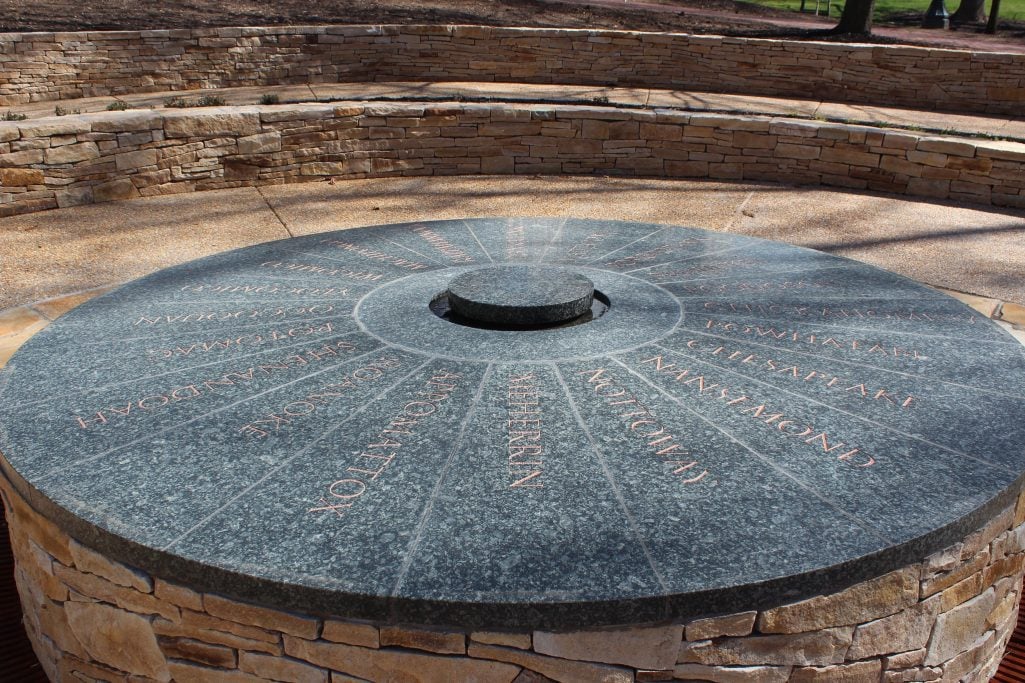With Thanksgiving coming soon, The Highland Support Project want to remind us that we can celebrate the holiday mindfully, by striving for a collective harmony that celebrates Indigenous cultures alongside American culture. Giving thanks is a sacred cornerstone of...





